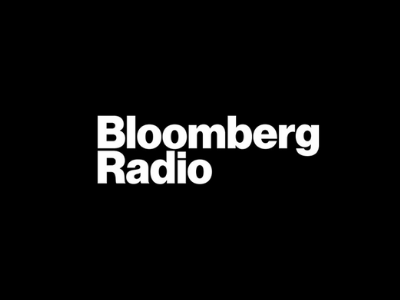Asian shares are mixed after US stocks remained near record levels following the Fed's rate cut
News > Business News

Audio By Carbonatix
11:43 PM on Wednesday, September 17
By TERESA CEROJANO
MANILA, Philippines (AP) — Asian shares were mixed in afternoon trading Thursday after Wall Street indexes churned between gains and losses but ultimately remained near their record levels following the Federal Reserve’s decision to cut its main interest rate.
U.S. futures were up while oil prices were down.
Japan's Nikkei 225 rose 1.3% to 45,362.70, with tech-related stocks including Disco, Tokyo Electron and SoftBank among the gainers. The Bank of Japan started its two-day policy meeting, with rates expected to be left unchanged.
South Korea's Kospi added nearly 1.2% to 3,455.06, with chipmakers SK Hynix and Samsung Electronics among advancers.
The Chinese markets were down. Hong Kong's Hang Seng slipped 0.2% to 26,856.02, while the Shanghai Composite index trimmed earlier gains, losing 0.6% to 3,853.74.
Australia's S&P/ASX 200 dipped 0.7% to 8,755.70 with data released Thursday showing the jobless rate was unchanged at 4.2% in August, but headline employment fell by 5,400 while full-time jobs declined by 40,900.
India's BSE Sensex was up 0.4%, while Taiwan's Taiex added 1.1%.
On Wednesday on Wall Street, the S&P 500 slipped 0.1% and hung near its all-time high set at the start of the week. The Dow Jones Industrial Average rose 260 points, or 0.6%, while the Nasdaq composite fell 0.3%.
The swings came after the Federal Reserve cut its main interest rate for the first time this year. That move was no surprise for Wall Street, which was widely expecting it. More important was the set of projections that Fed officials published showing where they expect interest rates to go in upcoming years.
That indicated the typical member sees the Fed cutting the federal funds rate two more times by the end of this year and once more in 2026.
Stocks initially rose following the release of the projections, which seemed to support Wall Street’s widespread expectation for more cuts to interest rates. Such moves can give the economy a kickstart, and stock prices had already run to records on the bet that several cuts are on the way.
But stocks gave back gains after Fed Chair Jerome Powell stressed that they’re only projections. Conditions could change quickly, and Powell warned against taking the projections as gospel.
What’s making things difficult for the Fed is that the job market is slowing as inflation is remaining stubbornly high. The Fed is in charge of fixing both, but it has only one tool to do that. And helping one by moving interest rates often hurts the other in the short term.
The Fed had been holding rates steady this year because of the threat that U.S. President Donald Trump’s tariffs will raise prices for all kinds of products. Inflation has so far refused to go back below the Fed’s 2% target, and Fed officials don’t see that happening for a few years.
In other dealings Thursday, benchmark U.S. crude shed 10 cents to $63.95 per barrel. Brent crude, the international standard, also lost 10 cents to $67.85 per barrel.
The U.S. dollar rose to 147.51 Japanese yen from 146.89 yen. The euro slipped to $1.1781 from $1.1818. ___
AP Business Writer Stan Choe in New York contributed to this report.








